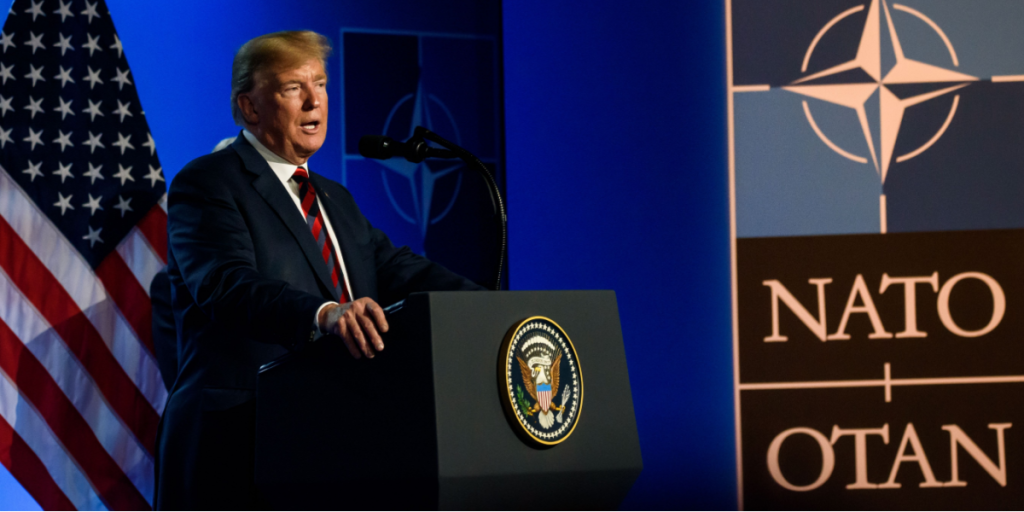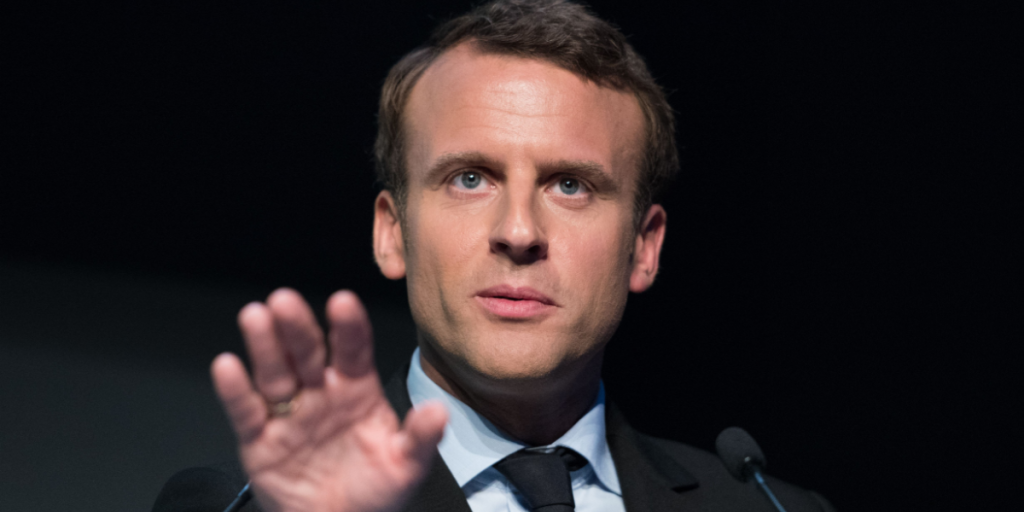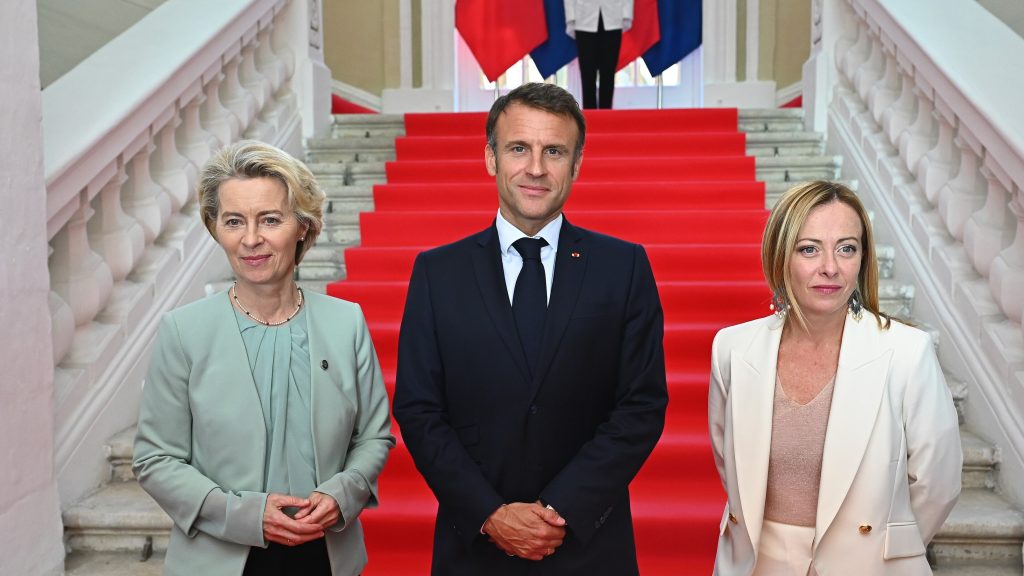France and Italy are pushing back on a US-led arms initiative.
Others are reading now
France and Italy are pushing back on a US-led arms initiative, but their reasons go deeper than meets the eye.
This was reported by Politico.
What’s the US-Led Arms Initiative?

A new proposal was introduced by NATO Secretary General Mark Rutte during a visit to Washington.
It encourages European nations to jointly buy American-made weapons to support Ukraine’s defense against Russian attacks.
Backed quickly by the UK, Netherlands, and four Nordic countries, the plan is meant to speed up weapons delivery, particularly Patriot missile systems, to bolster Ukraine’s air defense.
Also read
But not every NATO member is on board.
Why France Said “No”

French President Emmanuel Macron has refused to join the joint-buy program, citing his longstanding goal of European strategic autonomy.
Macron has consistently advocated for a strong, independent European defense industry, reducing dependence on U.S.-made military hardware.
France’s rejection isn’t just ideological.
The country is facing budget constraints and public pressure to reduce its national deficit, making large-scale foreign arms purchases both politically sensitive and financially difficult.
Also read
That said, France hasn’t cut off military support to Ukraine. It has resumed production of SCALP cruise missiles, which are actively being used by Ukrainian Su-24M bombers.
Italy: No to Buying, Yes to Helping

Italy has also declined to purchase US weapons directly.
According to La Stampa, Rome is prioritizing its commitment to the Italian-French SAMP/T air defense system, which has already been delivered to Ukraine.
Italy’s decision is influenced by tight budget limits, preference for domestically produced defense systems, and a desire to support European arms manufacturers.
However, Italy isn’t backing away entirely. Defense ministry officials say the country is actively considering a NATO request to help transport U.S.-made weapons to Ukraine by air, land, or sea.
Also read
While no final decision has been made, officials note that Italy is unlikely to “shy away” from a logistics support role.
Germany Takes a Middle Path

Germany, by contrast, has taken a more pragmatic stance. With Europe’s current defense production still ramping up, Berlin views U.S. weapons as the fastest way to strengthen Ukraine’s defenses.
While Germany has supported the US-led deal, it is also continuing long-term projects with France and Italy, including:
- Joint production of long-range strike weapons
- European defense systems development
This dual-track strategy allows Germany to support Ukraine immediately while still investing in a stronger European defense industry for the future.
Czechia Aligns with Strategic Autonomy

The Czech government has also opted out of the joint US arms procurement plan.
Also read
Instead, Prague is focusing on domestic arms initiatives, especially artillery shell production, and boosting its national defense industry.
What Does This Mean for NATO and Ukraine?

This split in NATO shows the growing tension between short-term military needs and long-term strategic independence.
The U.S. wants quick action through pooled resources and bulk buys, while countries like France and Italy want to protect their industrial sovereignty and stay financially cautious.
Though divided on procurement, these countries remain committed to Ukraine—through logistics, homegrown weapon systems, or long-term defense cooperation.
As President Donald Trump recently stated, shipments of Patriot missiles are already in motion, and many NATO and EU nations are footing the bill.


